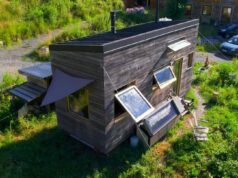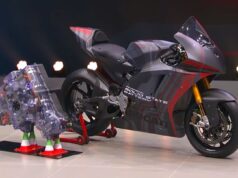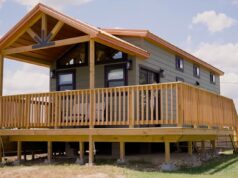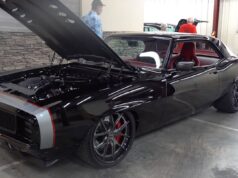It runs well and smooth with its reliable 740cc boxer engine. The engine gets the gasoline – air mix from a SUM carburetor with air heating feature and transmit the power with 3 speed gearbox to the rear wheel. This very sturdy combination waits to ride it on the road.
source.image: classic-motorcycle.com
Following the collapse of its aero engine business after WWI, BMW turned to other areas of manufacture, motorcycles among them. Its first two models, marketed as the Frink and Helios respectively, were failures, but a successful proprietary engine was supplied to other manufacturers. Launched in 1923, the first motorcycle to be sold as a BMW – the R32 – featured a 493cc, twin-cylinder, sidevalve engine having horizontally opposed cylinders, and this ‘flat twin’ layout would forever be associated with the marque.
Setting a pattern that endures to this day, the first BMW motorcycle was relatively expensive but superbly engineered and constructed, while the quality of finish was of the highest order. Shortly after venturing into car manufacture for the first time by acquiring the Dixi works at Eisenach, BMW introduced a major innovation to its motorcycle range in 1929.
Advertisement
The transversely mounted ‘flat twin’ engine was already a BMW trademark but for the first time it was installed in a pressed-steel frame, the first models to incorporate this landmark of motorcycle design being the 735cc R11 and R16. BMW’s relatively vibration-free engine was already a byword for smoothness and refinement, and this, coupled to a three-speed shaft-drive transmission, made the R11 sidevalve one of the finest touring motorcycles of its day. Progressively improved, the R11 was built in five series up to 1934.











